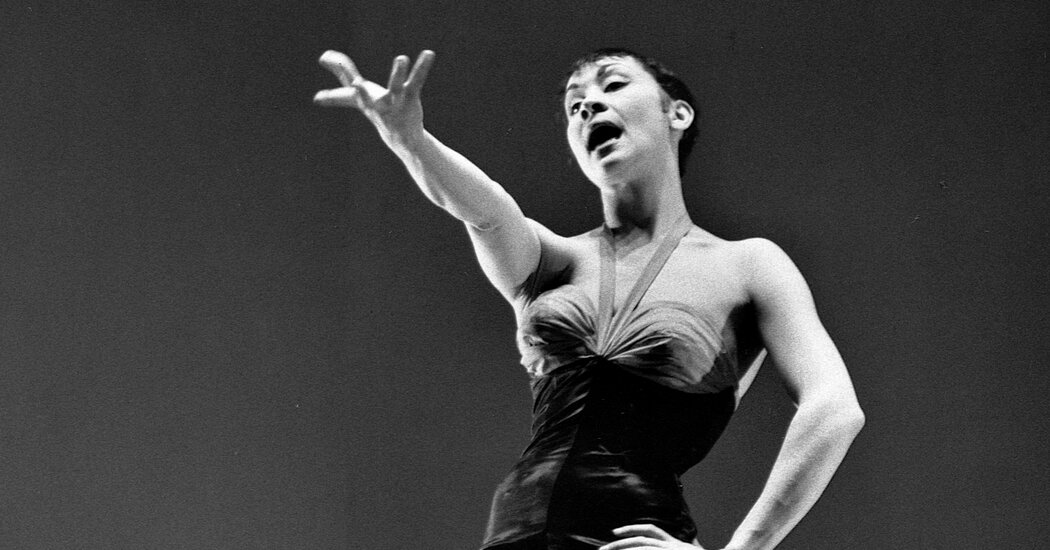Chita Rivera grew up to be a Broadway queen, but you can’t leave out that she was a ballet kid. Her training began after a botched jump at her family home in Washington, D.C. Rivera — still Dolores Conchita Figueroa del Rivero at the time — landed on the coffee table. It shattered.
Her energy needed to be more than merely contained; it needed to find a release. It was her mother’s idea that the release might come in the form of dance, specifically ballet. She took Rivera to the Jones-Haywood School of Ballet, where she was introduced to Doris Jones, the esteemed teacher who became like a second mother. Jones, she wrote in her memoir, changed her life. “Are you willing to work hard, Dolores?” Rivera recounted Jones asking her at that meeting. “Harder than you’ve ever worked before?”
She was. And she did. Rivera, who died on Tuesday at 91, always considered herself more a dancer than a musical-theater star. (She even called her 2005 musical revue “Chita Rivera: The Dancer’s Life.”) “The natural inclination of dancers is to keep to themselves,” she wrote. “It’s the work that matters.”
And a dancer is never satisfied. Broadway may be where Rivera flourished, but her foundational home was ballet. She and another Jones-Haywood student, Louis Johnson — who went on to have a spectacular career as a choreographer and dancer — were taken to New York for an audition at the School of American Ballet. They both got scholarships.
The School of American Ballet, formed by George Balanchine and Lincoln Kirstein in 1934, is the training ground of New York City Ballet. Rivera didn’t know it at the time, but the man auditioning her was Balanchine himself. “Something about the instructor made me want to please him,” she wrote.
At first joining City Ballet was her dream, but that changed when she became aware of Janet Collins, then the only Black teacher at School of American Ballet. Her classes were a mix of modern dance, ballet and the technique of the choreographer and anthropologist Katherine Dunham. Rivera also started going to the Palladium Ballroom, the Midtown dance hall, for its Latin Nights. Soon she was, as she writes, “out on the dance floor fusing my ballet training with the salsa, mambo and rumba steps I was learning.”
Students at the school didn’t aspire to Broadway: “We turned up our noses,” she wrote. But when word spread that Collins was making her Broadway debut in a show staged by Agnes de Mille, Rivera’s mind started to shift.
While she was drawn in another direction, her ballet training never left her body. It made her one of the most refined dancers in musical theater: A 1962 appearance on “The Ed Sullivan Show” demonstrates not just the expressive agility of her flickering legs (and her flickering is extraordinary), but also a full-bodied commitment to moving through a step rather than pausing in a position.
There’s nothing static about Rivera as a dancer, but she doesn’t blur any edges either. Her finesse comes in the gracious way she shows every angle of her body, the attention to épaulement — the carriage of the arms and shoulders — all the while taking up space. Dancing big and with intention. Air doesn’t escape her; she chases it down. You can hear Balanchine’s famous dictum in her body: “What are you saving it for?”
It wasn’t just ballet training that set Rivera apart. Plenty of dancers have that. It was where she was trained. Rivera danced as if she knew that now was all there is — another Balanchine saying — a way of being that remained with her for her entire career. Her body may have left the ballet world, but ballet never left her body. She saved nothing.
